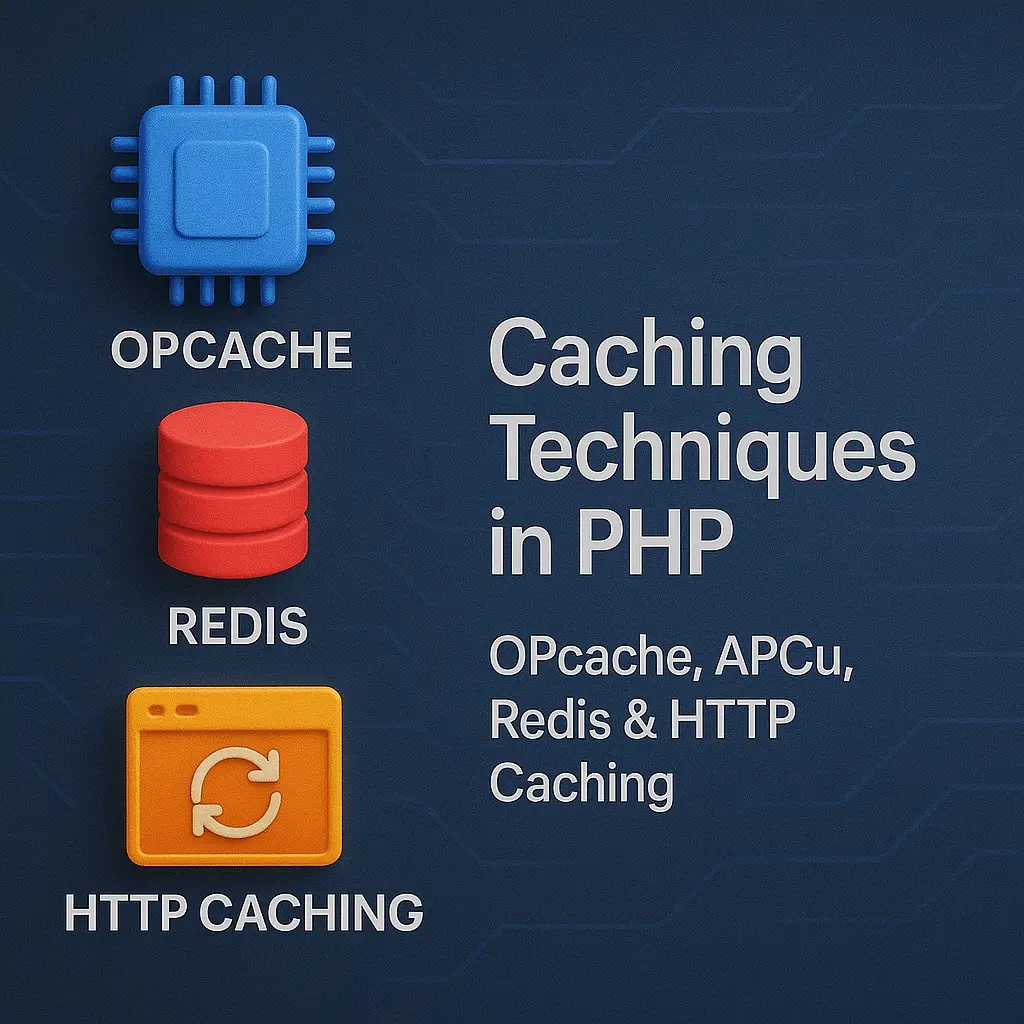In this comprehensive guide, we’ll explore the concept of caching, its importance in PHP applications, and various techniques for implementing caching effectively.
Introduction to Caching
Caching is the process of storing frequently accessed data in a temporary storage mechanism to expedite subsequent access. By caching data, applications can reduce the need to regenerate or retrieve data from the original source, thereby improving response times and reducing server load. Caching is especially beneficial for PHP applications, where database queries, file operations, and external API calls can contribute to performance bottlenecks.
Implementing Caching in PHP Applications
PHP offers several techniques for implementing caching, each suited to different use cases and scenarios. Let’s explore some popular caching techniques and how to implement them in PHP applications.
1. In-Memory Caching with APCu
APCu (Alternative PHP Cache) is an in-memory caching solution for PHP that provides a fast and lightweight caching mechanism. It allows developers to store data in shared memory, making it accessible across multiple requests within the same server process. Here’s how you can use APCu for caching in PHP:
<?php
// Store data in cache
$key = 'my_data';
$data = ['foo' => 'bar'];
apcu_store($key, $data);
// Retrieve data from cache
$cachedData = apcu_fetch($key);
if ($cachedData !== false) {
// Data found in cache
var_dump($cachedData);
} else {
// Data not found in cache, fetch from source
}
?>
2. File-Based Caching
File-based caching involves storing data in files on the server’s filesystem. This technique is suitable for caching data that is relatively static and doesn’t change frequently. Here’s an example of file-based caching in PHP:
<?php
// Define cache directory
$cacheDir = 'cache/';
// Generate cache key
$key = md5('my_data');
// Check if data exists in cache
$cacheFile = $cacheDir . $key;
if (file_exists($cacheFile)) {
// Retrieve data from cache
$cachedData = file_get_contents($cacheFile);
$data = unserialize($cachedData);
// Use cached data
} else {
// Data not found in cache, fetch from source
$data = ['foo' => 'bar'];
// Store data in cache
file_put_contents($cacheFile, serialize($data));
}
?>
3. Database Query Caching
For applications that rely heavily on database queries, caching query results can significantly improve performance. You can implement database query caching using tools like Memcached or Redis, or by leveraging built-in caching mechanisms provided by database management systems (DBMS) like MySQL or PostgreSQL.
<?php
// Execute database query
$query = "SELECT * FROM users";
$result = $db->query($query);
// Check if cached result exists
if ($cachedData = $cache->get('users_cache')) {
// Use cached result
$data = $cachedData;
} else {
// Cache result
$data = $result->fetchAll(PDO::FETCH_ASSOC);
$cache->set('users_cache', $data, 3600); // Cache for 1 hour
}
?>
Conclusion
Caching is a powerful technique for optimizing the performance of PHP applications by reducing latency and server load. By implementing caching strategies tailored to specific use cases, developers can achieve significant performance gains and deliver a smoother user experience. Whether it’s in-memory caching, file-based caching, or database query caching, understanding and leveraging caching techniques is essential for building high-performance PHP applications. So, take advantage of caching in your PHP projects and unlock the full potential of your applications. Happy caching!






